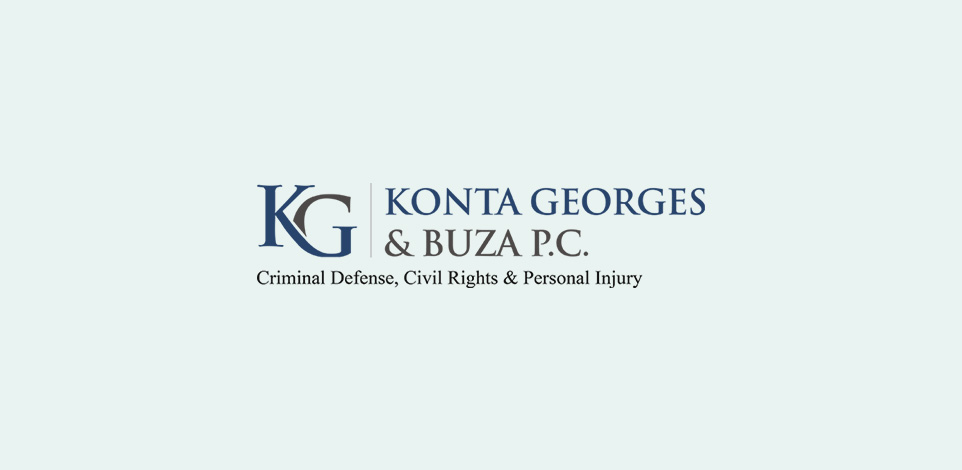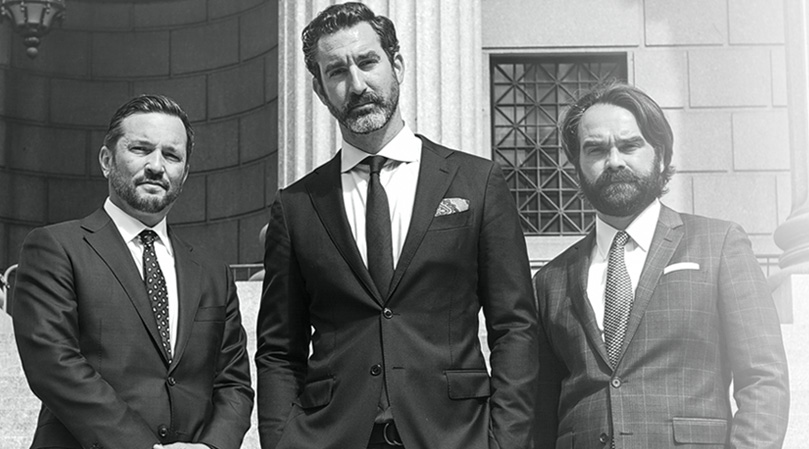How Does The Grand Jury Work In New York?

The Michael Brown and Eric Garner cases have gotten a lot of attention lately. And because in both instances the grand jury failed to indict, the grand jury system has also gotten a lot of attention. It seems like the process itself has come under indictment attack. But how does the grand jury system work?
A grand jury is a secretive body that is composed of regular people who get jury duty. There are two kinds of jury duty a person can get. The first is a summons to serve on a petit jury and the other is for a grand jury. Most people who watch TV or follow the news are familiar with a petit jury. This kind of jury is usually composed of 12 people and their job is to determine at trial whether the evidence proves beyond a reasonable doubt that a defendant is guilty. They usually sit to the side next to witness stand. A judge presides during the trial, the prosecutor is there, there is a defense attorney, the defendant, etc. They hear opening statements, testimony, summations, and then they deliberate and reach a verdict. A grand jury, on the other hand, is a fundamentally different animal.
A grand jury, at least in New York, is composed of anywhere between 16 to 23 jurors. They hear testimony and if 12 or more of them agree that a crime has been committed, they return an indictment. An indictment is a fancy word for accusation. Once a person is indicted, the case then proceeds to trial. In many states, including New York, you cannot proceed to trial on a felony complaint unless you’ve either been indicted or you waived indictment. So it is a critical part of the process. There is no judge in the grand jury. Nor is there a defense attorney. And the defendant isn’t there unless he is testifying. The way the process works is the prosecutor ask the grand jury to consider charging a particular individual with whatever crime the prosecutor thinks the person committed. He then calls witnesses who establish that the defendant committed the crime that the grand jury is considering. At the conclusion of all the evidence, the prosecutor then charges the grand jurors on the applicable law and leaves them to vote. They then vote on whether there is reasonable cause (probable cause) to believe a crime has been committed based on the testimony they’ve heard. This basically means that they determine whether it was more likely than not that the evidence establishes that the defendant is guilty of the crime. If 12 or more grand jurors believe a crime had been committed, they vote an indictment. Conversely, if 12 or more don’t believe a crime had been committed then they vote “No True Bill” which dismisses the case. The grand jury can also fail to reach an agreement, which means the prosecutor can call more witnesses if he wants to do so. Although a judge isn’t there to oversee the proceedings, she does get a chance to review the minutes from the proceedings. If the prosecutor ended up doing something wrong, then the judge can dismiss the indictment with leave for the prosecutor to represent.
There are some pretty significant differences between the way trials and grand jury proceedings. As I mentioned before, the grand jury process is secretive, whereas the trial is open to that public. It is actually a felony to discuss what happened in a particular grand jury or to reveal the names of the persons involved unless there is a statutory exception to this secrecy. This means that even defense attorneys don’t get to see the minutes of the proceeding until just before a trial begins. And they only get to see the minutes that correspond with the testimony of witnesses who will be testifying at trial. They also don’t get to participate in the proceedings at all. Unlike with a trial, a grand jury proceeding is interactive. What I mean by that is the grand jurors can ask questions of the witnesses and the prosecutor. This is conversely very different than with a petit jury in which the only interaction between the parties and the jurors occurs during jury selection. The grand jury also has a “mercy function.” This means that the grand jury can choose to dismiss a case even if they believe the evidence proves the defendant’s guilt. A petit jury is not allowed to do this. A grand jury can indict a person without them even knowing they are under investigation. However, if a person gives written notice to the prosecutor that he would like to testify in the proceeding, he must be allowed to do so, or the indictment gets dismissed with leave to represent.
It is often said that a grand jury can indict a “ham sandwich.” That is to say that a grand jury tends to do whatever the prosecutor asks it to do. This is true because the testimony is one-sided. Because there is no defense attorney in the proceeding, the grand jury never hears a different narrative about what happened. But this is not as true in New York as it is in other jurisdictions. That is because the rules of evidence are the same in the grand jury as they are at trial. That means hearsay isn’t allowed. This in turn means that the actual witnesses who observed the event have to testify. So a grand jury does at least have the ability to assess the credibility of the witness as they watch the person testify. This means that, although infrequently, they don’t always do what the prosecutor asks them to do if they don’t like the witnesses.
The idea behind the grand jury model is that regular citizens should decide whether a person is accused of a crime, rather than police officers and prosecutors. It is meant to be a check on their powers. Whether it is or not is a matter for debate.

Request Your Free Consultation
Fields Marked With An “ * ” Are Required
"*" indicates required fields
The Woolworth Building
233 Broadway
Suite 701
New York, NY 10279

